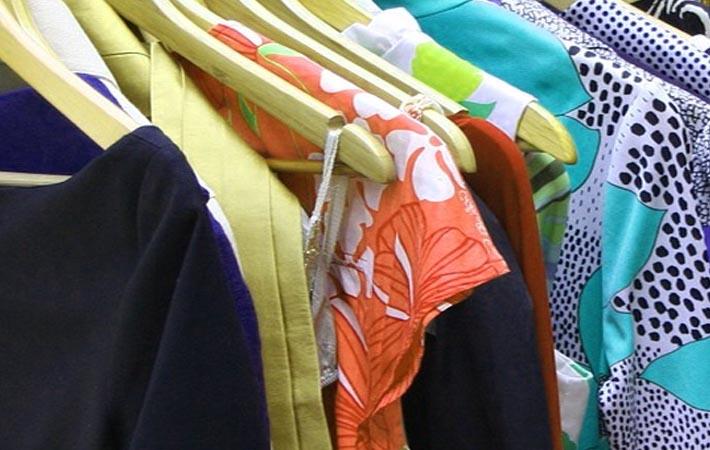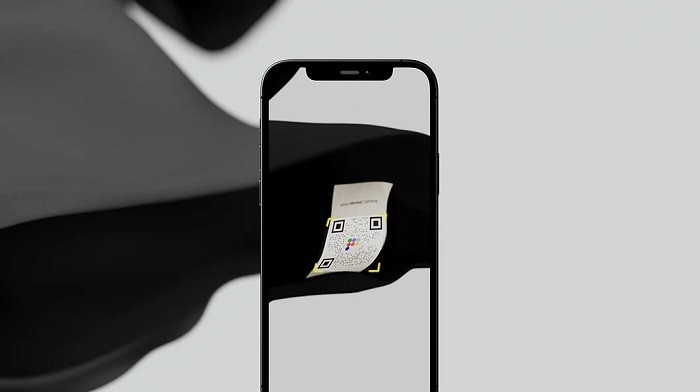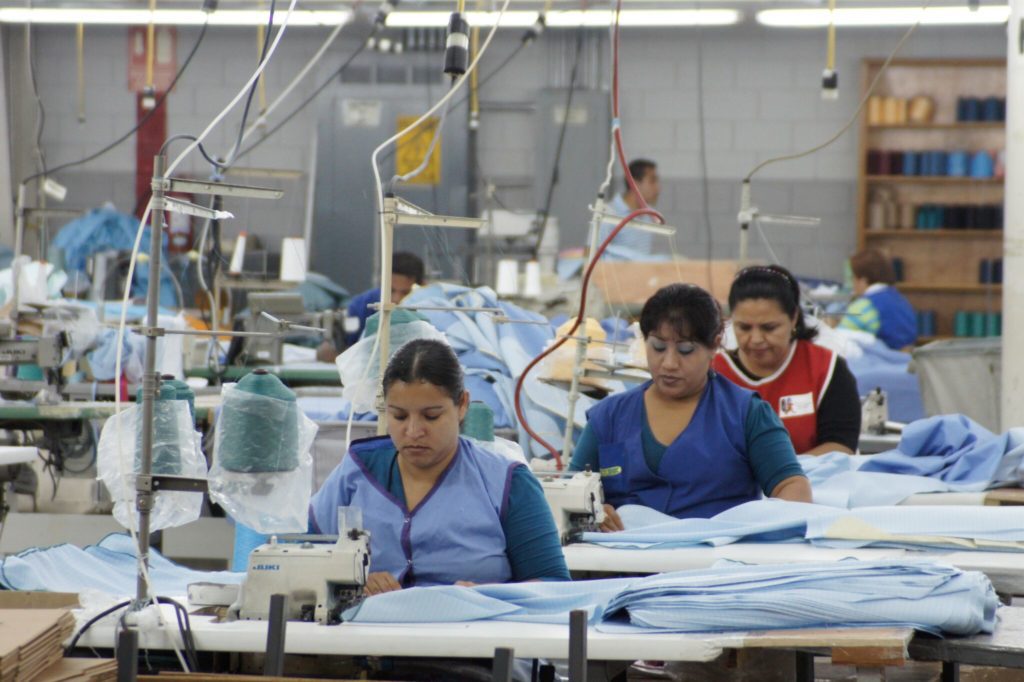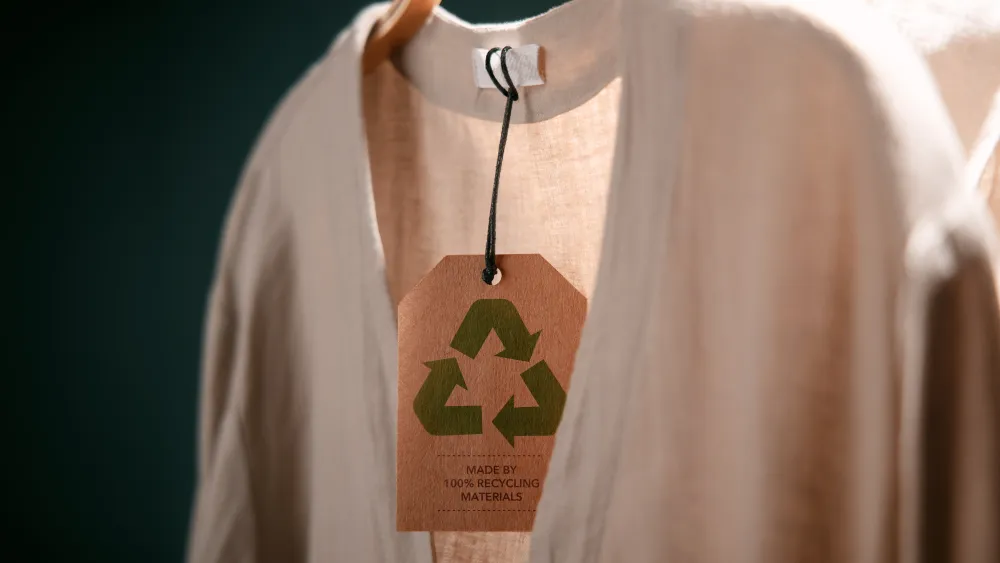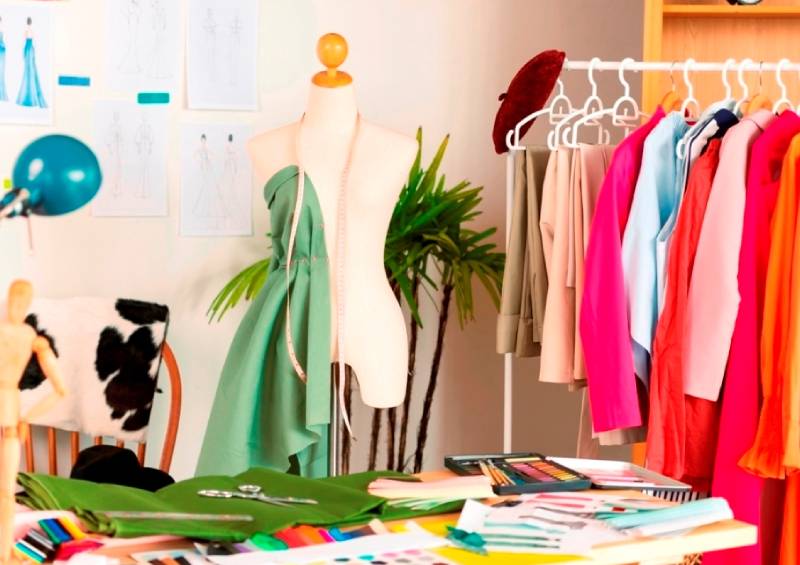FW
The differences over inspection of 350 ready-garment (RMG) units selected by both Accord and Alliance for assessment are said to be increasing. While the Accord is sticking to its previous decision to assess all its listed factories, including those which have been overlapped with the Alliance list, the Alliance has decided to inspect the said numbers of factories, except 20 units which have already been assessed by the Accord.
Experts feel that if they both remain firm on their decisions regarding the inspection of common factories, it may lead to some problems including disruption in production activities of a significant number of units. Given the current situation, the matter was raised at a meeting held this week between the government and the stakeholders including representatives from the Accord and the Alliance.
Commerce Secretary Mahbub Ahmed, Labour Secretary Mikail Shipar, envoys from the embassies of the USA, the EU, Canada, the Netherlands and Denmark; BGMEA Vice President Md Shahidullah Azim, BKMEA Vice President Md Hatem, Alliance Managing Director M Rabin and Accord Chief Safety Inspector (CSI) Brad Loewen were present at the meeting held at the commerce ministry. The meeting discussed the updates on the ongoing garment factory assessment programs by Accord, Alliance and BUET. ILO and the labour ministry are also jointly working on modifications required in the database for the garment sector.
Uster Jossi instruments eliminate cotton contamination at the early stages of spinning mill processing. These machines are the result of recent acquisition of Jossi Systems by Uster Technologies.
Raw cotton is subject to various kinds of contamination, and its removal has long been a headache for quality-conscious spinners. Uster Technologies is proposing a significant and effective solution, to be unveiled for the first time in public at this year’s major textile machinery exhibition, ITMA Asia & CITME, in Shanghai.
The company will present the full range of established Uster instruments for laboratory and in-process testing of fibers and yarns, over a display area of 200 square meters. Also on display will be the Uster Jossi vision shield for detection and removal of all kinds of contaminants from raw cotton in the early stages of mill processing.
The complete Uster instrument ranges for both fiber and yarn quality control will be shown here – a particular eye-catcher being the latest Uster Classimat 5 yarn classification system. Switzerland-based Uster Group is a high technology instrument manufacturer of products for quality measurement and certification for the textile industry. The group provides testing and monitoring instruments, systems and services for each stage of textile production including raw textile fibers, such as cotton or wool, all staple fiber and filament yarns, as well as downstream services to the final finished fabric.
Yarn Expo Autumn 2014 is scheduled to be held from October 20 – 22, 2014. The three-day event will be held at the Shanghai New International Expo Centre. The fair has emerged as a platform for exhibitors keen on taping into the growing demand for fibre yarn products in China. Consumption of fibres and yarns in the country has risen steadily in recent years, so have imports.
According to data released by China Customs, imports of cotton yarn reached 679,000 tons in the first quarter this year, up 4.6 per cent from last year. The Yarn Expo focuses on a wide spectrum of natural and blended yarns including cotton, wool, flax/regenerated flax, and man-made fibres and yarns as well as specialty products including elastic, and fancy and blended yarns.
After drawing together over 6,000 visitors last year, Yarn Expo has proven to be one of the most efficient trading platforms for yarn products in the region. Held concurrently with other textile trade fairs -- Intertextile Shanghai Apparel Fabrics 2014 from October 20-23 and PH Value from October 20-22, exhibitors can benefit from the synergies brought by these two fairs.
www.yarn-expo-autumn.com
Lectra, the world leader in integrated technology solutions dedicated to industries using soft materials—fabrics, leather, technical textiles and composite materials has announced that Matalan is implementing Modaris, Lectra’s product development solution with integrated 3D technology. With this technology, Matalan aims to enhance their in-house development to achieve superior fit, style and quality of their garments.
Founded in 1985 by John Hargreaves, with 225 stores across the UK, Matalan offers products at an affordable price in men’s, women’s and children’s clothing as well as home ware. Matalan has always been keen to understand their customers’ fit requirements, and worked closely with Lectra to achieve consistency of fit across their styles and brands.
Matalan selected Lectra’s 3D product development solution, Modaris, because of its unique ability to apply sophisticated pattern making techniques to a virtual fitting room environment, allowing it to streamline and standardize their fit process.
www.lectra.com
So far blue jeans have been mainly about cotton. As cotton has been the essential fibre material for blue jeans. And consumers loved what they were wearing. But now that looks set to change. As the prices of cotton fiber have reached a record high three years ago, some brands and manufacturers sought to cut costs by diluting the cotton content with higher percentages of manmade fibers. And consumers reacted adversely. For one, they felt the longevity of denim would be reduced.
A recent study found consumers are willing to pay a little extra to get more cotton back into their jeans. US consumers own an average of seven denim items and wear jeans at least four days a week. Now, two-thirds of consumers are bothered by the reduction of cotton in their jeans.
Denim is a woven fabric commonly made with a blue cotton warp yarn and a white cotton filling yarn. The complex pattern in the fabric is referred to as twill weave and it’s caused by finely interwoven yarns. The white cotton filling yarns run the width of the fabric and interlace at 90 degree angles with the blue cotton warp yarns, which also run the length of the fabric, and so produce the fine lines seen on the denim.
ApparelSourcing Paris is gearing up for its 7th show, from September 15 to 18 2014 with an optimistic outlook. There has been an increase in the number of registrations compared with last September, also from returning exhibitors. The European rendezvous for sourcing expects to welcome more than 200 international exhibitors, a rise of 10 per cent compared to last year.
In view of the exhibition's growth and to improve overall clarity of the offer, the organisers plan to introduce a new classification of products, under three categories: essential, specific and expert. Major manufacturing countries like China, Bangladesh, India, Hong Kong, Pakistan, Turkey and Vietnam have already confirmed their attendance to show their new products and solutions to European buyers.
Buyers will have a wide variety of collections and a whole range of services to choose from. Starting with the standard CMT to development of bespoke products for knits, dresses and blouses, casual wear, sportswear, denim, shirting, suiting, outerwear, evening wear, lounge wear, business wear, formal wear, swim wear, corporate wear and accessories. Made-to-measure, bespoke finishing on a single-piece basis, will be exclusive feature to existing ranges offered at the exhibition.
apparelsourcing-fr.messefrankfurt.com/
Vietnam's Ministry of Industry and Trade has ratified a textile and garment industry development plan for 2020, including a vision for 2030. The plan is aimed at boosting the growth of the textile industry. It lays out a series of milestones to be reached. With respect to localization rate within the industry, the government has set the goals of 55 per cent by 2015, 65 per cent by 2020 and 70 per cent by 2030.
The development plan also pushes for an annual production growth rate of 12 to 13 per cent during 2013 to 2020. The annual export goal is 10 to 11 per cent from 2013-2015 and 19 to 21 per cent annual growth for the 2016-2020 period; with 25 to 28 per cent annual growth for the 2021-2030 period. The export turnover is predicted to reach $40 billion during the 2020 to 2025 period. This will require 12 billion sq. mt. of fabric and five million workers.
The domestic market is estimated to see a growth rate of 9 to 10 per cent during the 2013-2015 period and 10 to 12 per cent during the 2016-2020 period. Vietnam’s textile industry is playing an increasingly large role in the country’s economy. The products are exported to over 50 countries around the world, with the US as the largest importer.
Textile World, the leading trade magazine for the US textile industry, has awarded the 2014 Innovation Award to TenCate Protective Fabrics. TenCate is a manufacturer of high-performance fabric solutions that are used to make a variety of protective garments used by military personnel, firefighters, and other emergency response personnel. The company was selected to receive the award because of its long-standing commitment to innovation in the textile industry and its development of fabrics that are truly life-saving.
TenCate is a 90-year-old multinational company based in Georgia. It combines textile technology with related chemical processes. It develops and produces specialist materials with specific properties like protective materials for fire-fighting clothing, strong, lightweight materials in aircraft and materials that block UV radiation.
TenCate Protective Fabrics protect people on the job from the harmful effects of heat, flame and other related risks. The primary applications in which the products are used include structural firefighting, wild land fire fighting and many industrial areas such as chemical, petrochemical, electrical and molten processing. Textile World magazine and TextileWorld.com are leading resources for textile news and information - from textile fiber to fabric formation and finishing.
Coats and UK-based GSD (General Sewing Data) have entered a strategic alliance. GSD, supplies expert management solutions that analyse time, cost and production capability in the sewn products sector with a focus on maximising productivity and controlling costs. Coats is the world’s leading industrial thread and consumer textile crafts business. One in five garments on the planet is held together using Coats’ thread. Coats produces enough yarn to knit 70 million scarves a year. It is the second largest and fastest growing global zip manufacturer.
Coats and GSD will collaborate on offering their respective management solutions to maximise productivity and drive down costs in the manufacturing sector, with GSD providing time-cost benchmarking and Coats offering consulting and technical production expertise, for retailers, brands and their supply chain vendors.
A key element in this process will be to analyse working methods and manufacturing procedures, including machinery and associated equipment requirements, to provide internationally accepted and globally recognised GSD based Standard Minute Values (SMV). The SMV is invaluable to brands and manufacturers worldwide as it facilitates fact based decisions on multiple aspects of production, including unit cost, production targets, operator performance, factory efficiency, wage levels, location and ethical sourcing, as well as identifying thread demand and highlighting potential improvements in productivity.
www.gsdhq.com/, www.coatsindustrial.com/
The European Union has funded a project aimed at supporting the textile industry in Egypt. The Ted Med Cluster project will attract investments, transfer technologies and modern management methods and increase exports. It will work toward environmental sustainability at the basic level and better conditions and modalities of persons, goods and capital.
The EU is Egypt’s the first trade partner and the source of more than 60 per cent of direct foreign investments to the country. The countries participating in the program are: Cyprus, Egypt, France, Greece, Israel, Italy, Jordan, Lebanon, Malta, Palestinian Authority, Portugal, Spain, Syria and Tunisia.
European partners in the project include the Italian Industries Federation, Spanish Textile Association and the Technical Centre for Textiles, which will cooperate with the Sustainable Textile Mediterranean Network to provide the technical assistance.
The Egyptian textile industry is known for its fine long fiber cotton. Egypt and the US are the only producers of long and extra long staple cotton. The textile industry is one of the most important sources of foreign exchange in Egypt. The industry accounts for 30 per cent of Egypt's industrial production, 15 per cent of its non petroleum exports and 30 per cent of local employment. Egypt has a number of competitive advantages, competitive labor costs and locally available raw materials.


